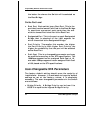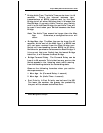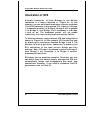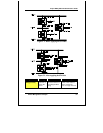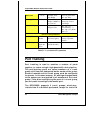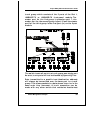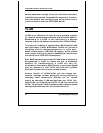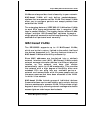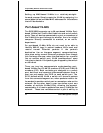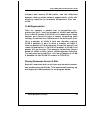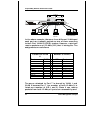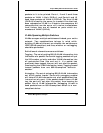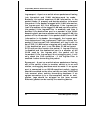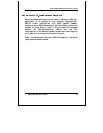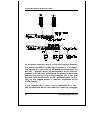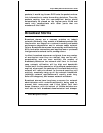
24-port NWay Ethernet Switch User’s Guide
42 Switch Management Concepts
Setting up MAC-based VLANs is a relatively straight-
forward process. Simply create the VLAN by assigning it a
name (description) and add MAC addresses for the stations
that will be members.
Port-based VLANs
The DES-3225G supports up to 96 port-based VLANs. Port-
based VLANs limit traffic that flows into and out of switch
ports. Thus, all devices connected to a port are members of
the VLAN(s) the port belongs to, whether there is a single
computer directly connected to a switch, or an entire
department.
On port-based VLANs, NICs do not need to be able to
identify 802.1Q tags in packet headers. NICs send and
receive normal Ethernet packets. If the packet’s
destination lies on the same segment, communications
take place using normal Ethernet protocols. Even though
this is always the case, when the destination for a packet
lies on another switch port, VLAN considerations come
into play to decide if the packet gets dropped by the switch
or delivered.
There are two key components to understanding port-
based VLANs; Port VLAN ID numbers (PVID) and VLAN ID
numbers (VID). Both variables are assigned to a switch
port, but there are important differences between them. A
user can only assign one PVID to each switch port. The
PVID defines which VLAN a switch will forward packets
from the connected segment on, when packets need to be
forwarded to another switch port or somewhere else on the
network. On the other hand, a user can define a port as a
member of multiple VLANs (VIDs), allowing the segment
connected to it to receive packets from many VLANs on the
network. These two variables control a port ’s ability to



